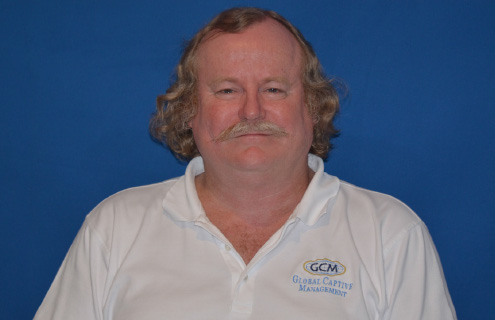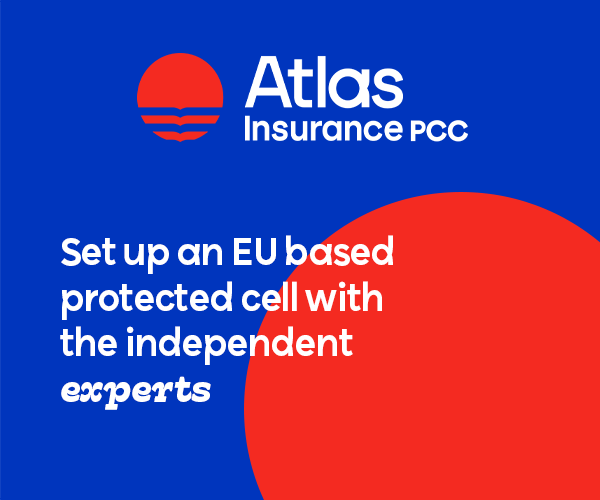Global Captive Management
CIT talks to Peter Mackay of Global Captive Management about the conflict of interest that can arise without an independent manager focused on service
What is the premise behind Global Captive Management?
Global Captive Management was licenced in 1982 to provide management services for captive insurance companies. Our largest selling point is the fact we are independent and, as such, uninfluenced by the income streams from primary brokerage, fronting, banking services, investment advisory services or reinsurance brokerage. Our focus is on providing excellent service, not the selling of services to our clients.
A testament to the quality of service we provide is the fact that we have grown to one of the 10 largest captive managers worldwide while maintaining our independence and personalised client focus.
What are the benefits of using an independent captive manager as opposed to a broker-owned manager?
There are no conflicts of interest with an independent manager. Independent managers work for the best interests of their client. Our goal is to truly maximise the potential of our client’s captives and provide them with information on all available options to make informed decisions.
If the broker is also providing management services, then when an issue arises (for example, one of the parties is underperforming), a conflict of interest may arise when it comes to reporting this issue to the client. Also, brokers will often use a captive as a defensive mechanism, instead of using the captive to its full potential. An independent manager can inform clients about market trends they are seeing with other brokers and captives, so that clients can maximise the potential of their captives.
Bundling of services does not necessarily mean that you end up with the service provider that best fits your needs. Using the broker’s captive manager without reviewing other managers means the client will not know what other options exist outside of that broker’s sphere of influence. However, if a captive is with an independent manager, then the independent manager can advise the captive’s board what various brokers and markets can offer.
Moreover, sometimes what brokers advise may not be in the captive’s best interests. For example, taking a higher retention to gain a premium reduction may reduce commission opportunities for the broker. This may lead to conflicts between its role as a manager and its corresponding broker role. Global Captive Management avoids this conflict by only charging a flat fee.
What other benefits does Global Captive Management offer to its clients?
We are one of the most stable firms in the Cayman Islands. We have low staff turnover, as well as a number of experienced professionals who come from audit, regulatory, as well as tax backgrounds. Recently, Ian Bridges, formerly director of tax with PwC in the Cayman Islands, rejoined the firm. He can assist in discussions in regards to various tax considerations, including required filings for the Foreign Account Tax Compliance Act, which was recently enacted in the US.
While this does not constitute formal tax advice, having someone on staff who understands the US tax issues and can assist clients in this way is a bonus. Personally, I have been working in the captive insurance industry for 32 years, and we have a wealth of experience here in Cayman.
Is your captive portfolio specialised or varied in terms of type of structure and industry, and what are you seeing in terms of new business?
It’s varied, but approximately 40 percent of our business is healthcare. This is split between hospitals (not-for-profit and for-profit), physician-owned practices, nursing homes and home health organisations. Our client portfolio also includes captives that provide insurance/reinsurance coverage for retail operations, construction companies, transportation companies, hotels, life and other long-term business. We also have a significant number of group captives and segregated portfolio companies (SPCs).
In terms of new business, we are seeing more interest from the European market and at the moment, we are working on setting up a captive for a Romanian company. The reduced solvency requirements of setting up a captive in Cayman are seen as appealing to the European marketplace.
Our business is very diverse, but at the end of the day the captive programme and structure has to make sense. In all honesty, we probably turn down more captives than we accept—mainly due to the issue of feasibility. If you cannot obtain a tax deduction, for example, a captive does not make sense to for-profit entities.
There is no point going down the road of setting up a captive that is not going achieve the objectives of the captive’s owners. We look at what the captive owner’s objectives are right up front and if it makes sense, and it passes our ‘smell test’, then we will move forward with the client.
Have you seen any structures becoming more popular recently?
Group captives and SPCs seem to be the structures that are growing the quickest recently.
I think that group captives are becoming popular because it is almost impossible for a single company to obtain a tax deduction in the US due to issues of risk transfer and/or risk distribution requirements. If a single firm is not large enough on its own to set up a captive, by joining a group captive it can alleviate the issues of risk transfer and financing, as well as gain the advantage of the overall size of the group captive as a whole. Group captives are also typically good at offering safety and risk management tools to members.
We have also seen more captives either converting to or initially forming an SPC in order to achieve risk transfer, or offer coverage to affiliated/third parties.
We have been in a recession. Premiums have decreased because exposure is down, but interestingly enough, there seem to be more unusual captives that do not operate along traditional lines. In particular, we are seeing increased interest in reinsurance of long-term business including life and disability coverage.
Are you seeing any trends occurring in the Cayman captive market specifically?
The Affordable Care Act, otherwise known as Obamacare, is definitely affecting the industry in healthcare. We are seeing a lot of healthcare clients looking to affiliate or merge, because when revenue is going down, cost cutting is the only way to go.
There are advantages and disadvantages to the mergers of firms. Firms are looking to merge to try and reduce costs. You can have two captive insurance companies in Cayman with different managers whose parents merge, so naturally, one of these managers is going to lose their client once the captive programs merge too. On the flipside, you also have smaller hospitals being purchased, and we are seeing some for-profit entities purchasing hospitals. They may decide to start working with captives. There will be new business coming in—but business will also be lost. On an overall basis however, I’d say that we are seeing a greater interest in forming captives this year as well as re-domestications from other domiciles.





